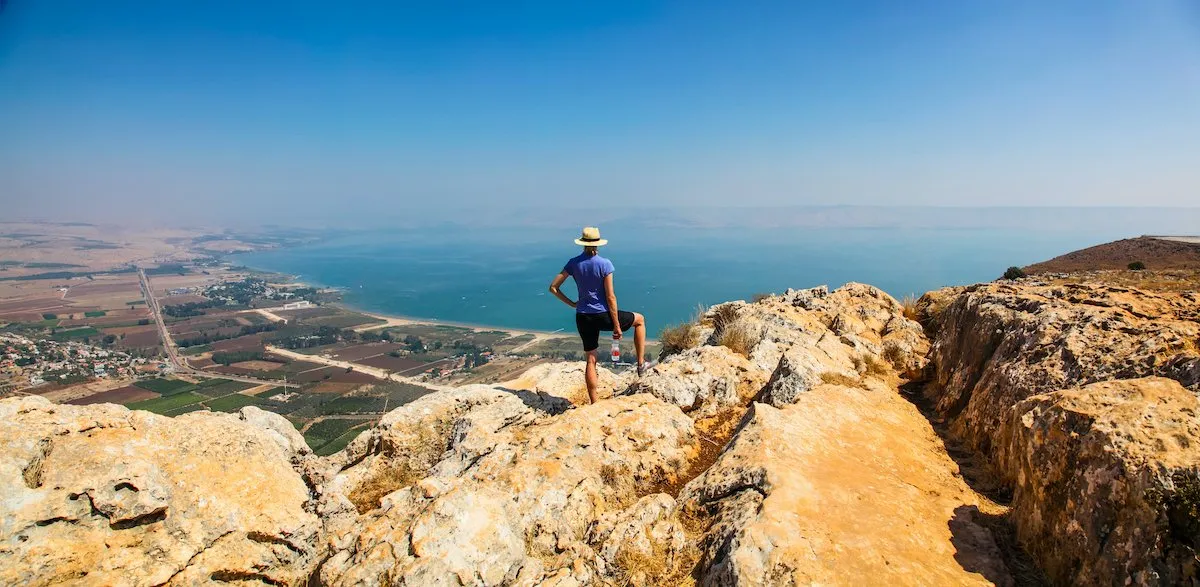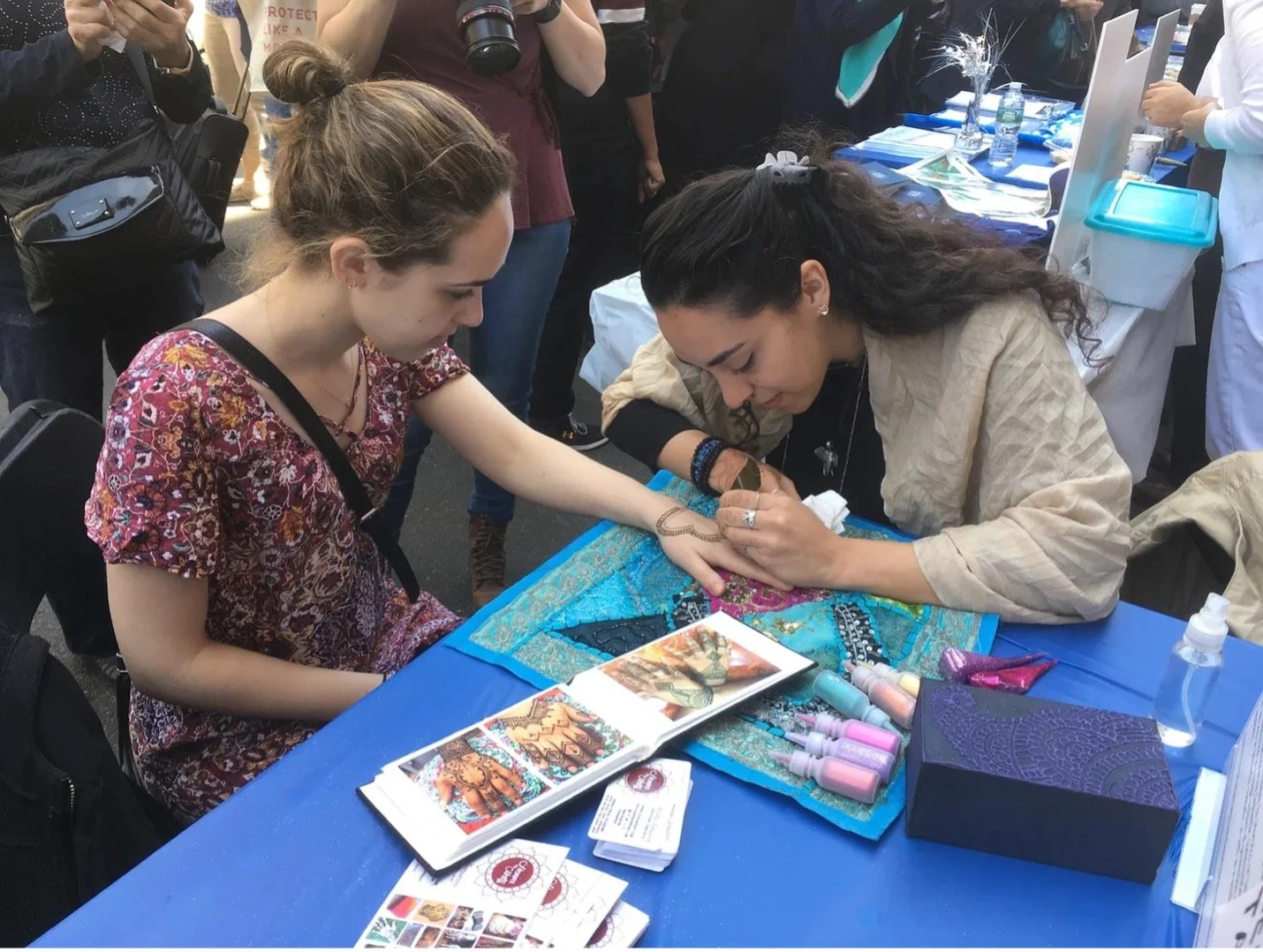
JUDAISM IS A CIVILIZATION – NOT JUST A RELIGION
Reconstructionist Judaism would like to leave behind these ideas:
- that it’s important for Judaism to be “truer” than other religions
- that we should focus on “what God wants”
- being Jewish is primarily about praying
In his 1934 book Judaism As A Civilization, Mordecai Kaplan wrote:
Judaism must break the narrow frame of a creed and resume
its original function as a culture, as the expression of the Jewish
spirit and the whole life of the Jews.
The Jewish People, he posited, are the constant that runs through all of Jewish history: not our perception of God. Jewish practice, as well as its theology, evolves. Our understanding of Torah evolves. That growth is a reliable constant. For this reason, Kaplan called us an evolving religious civilization.
As an example: to illustrate the evolving nature of the Jewish God-concept, think of the Hebrew Bible’s God. This God was described primarily as a powerful creator, judge, and director of human affairs; a “man of war.” This God made sense to our ancient ancestors; this God fit in with their world-view, and provided a compelling reason to behave in accordance with the sacred code. Moses was said to have spoken with God face to face.
The medieval Jewish God-concept was more abstract and less anthropomorphic. According to Maimonides (Rabbi Moshe ben Maimon), God had thirteen unchangeable attributes, but was unknowable. This was an enormous change from the Biblical idea of God. If the Bible’s Moses and Maimonides could have had a conversation about God, Maimonides would have thought Moses primitive, and Moses would have considered Maimonides an atheist.
In modern times, Jewish theology continued to explore and morph. Franz Rosenzweig called the Kingdom of God a mutual reunion of soul and world. Rabbi Harold Kushner, author of When Bad Things Happen to Good People, proposed that God doesn’t control the universe and isn’t responsible for evil. Some philosophers, responding to the horror of the Holocaust, went further and rejected the existence of God in any form.
Mordecai Kaplan presented the idea of a God that was not only non-personal, but non-supernatural. (For more about this, see the section Talking About God on this website.)
Kaplan realized that this was a radical break from older formulations, and would have a profound psychological effect on Jews – just as Maimonides would have shocked Moses.
The point is, Jews have wrestled with the idea of God since the very beginning, and that idea has changed many times. It is the Jewish people who remain a constant.
So, what are the components of this Jewish civilization?
The land of Israel – like other nations, this one is attached to our land.
The Jewish languages – Hebrew, Yiddish, Ladino, and others.
Our mores, laws, and folkways -- the social habits which, historically, proceeded from the Hebrews’ God-idea. These include Jewish laws both civil and criminal, moral standards, and religious practices and ceremonies.
Our “folk sanctions” -- the reasoning that is passed through the generations for the folkways, etc. These would include ethical standards, religious beliefs, and national ideas. Note that Kaplan hereby relegates ‘religion’ to a ‘mere’ component of Jewish civilization – not its essence!
Folk arts -- music, calligraphy, poetry, storytelling…all aesthetics.
Social structures -- synagogues, charitable institutions, schools, arts organizations. And any institution whose authority is recognized to indicate what is important and sacred.
Since Kaplan the sociologist portrayed our civilization as evolving, he sketched the historical stages through which our God-idea has passed:
The Israelite/Biblical stage, which Kaplan called the henotheistic stage, in which Y-H-V-H was not yet considered the ONLY God, but the most powerful (among other distinctions);
The theocratic stage, in which instruments of the people’s will are conceived to have been given directly by God; no further need of an oracle or prophecy;
the other-worldly stage, in which the concept of a future Godly environment is envisioned and the achievement of salvation is the most worthwhile aim of all activity; and
the present stage, which Kaplan felt was beginning in the 1930s; when Judaism can discard its theurgic (divine working) character without losing vitality or continuity.
Boundaries
What are the boundaries of Jewish practice and thought? What about those elements of civilization that are non-indigenous, but that find their way into Jewish language, arts, practice?
Cultures don’t exist in sealed containers. Borrowing has always happened. Long before Abraham and Sarah, shepherding tribes offered a springtime totem sacrifice of a lamb called a pesah. Our Israelite ancestors adopted the practice but re-valued it – giving it a particularly Israelite meaning, referencing the Exodus story. And later, Christians again re-valued the pesah, picturing Jesus as the lamb sacrifice of God, and celebrating it at Easter.
Jews assimilate the forms of other civilizations for their own uses. Of course, there must be guidelines to distinguish between productive assimilation of outside forms (like synagogue melodies deriving from church hymns), and sterile imitations that run counter to the Jewish essence.
You can find further discussion of this in the section “Deciding How to Live Jewishly” on this website. But for a general framework, please note what Mordecai Kaplan wrote in his 1956 book Questions Jews Ask:
“…what distinguishes Jewish religion from all others is not a particular conception of God, but particular sancta, that is, particular objects, persons, events, places, etc., that have been hallowed by the historic experiences of the Jewish People; such objects as the Torah, such personalities as Moses, such events as the Exodus, and such places as Zion, make the Jew, as an individual and as a member of the Jewish People, aware of his relation to God. Other religions help their adherents experience the reality of God, and hold communion with [God], through other sancta. The cross, Jesus, the New Testament, Calvary, serve that purpose for Christians; the crescent, the Kaaba Stone, the festival of Rahmadan, etc., for Moslems. Philosophers of each of these faiths may have very similar conceptions of God and still be adherents of different religions, because of the different sancta through which they experience God. Each group of sancta represents a distinct culture or civilization. Hence what permanently differentiates the Jewish religion from other religions is the fact that it represents the Jewish culture or civilization and articulates the self-consciousness of the Jewish People.”
The process of making authentic, appropriate decisions about personal and community Jewish practice is a very important issue to Reconstructionist Jews. Further discussion of this is in the section “Deciding How To Live Jewishly” on this website.


